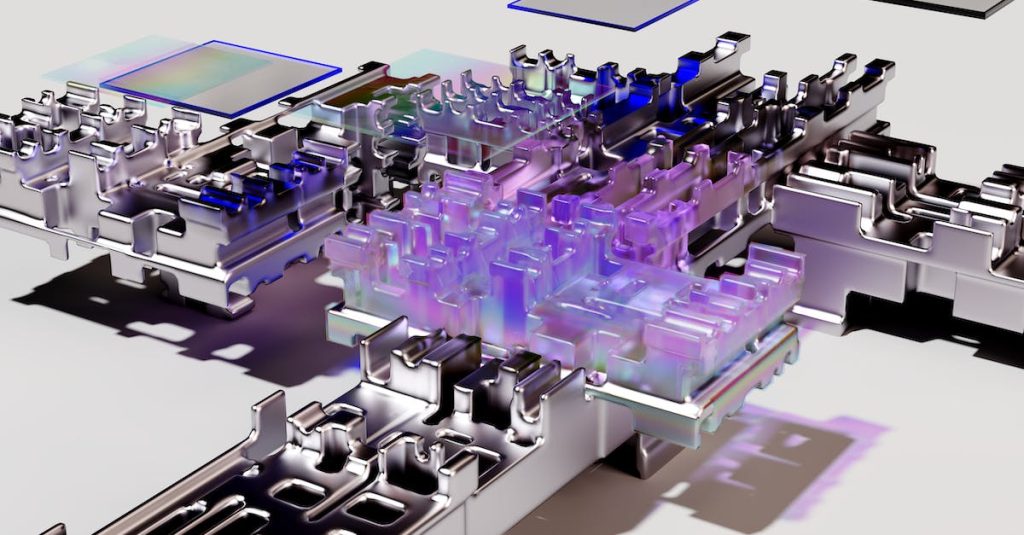Researchers at MIT have made significant advancements in the development of algorithms for the path planning and control of tailsitter aircraft. These unique aircraft, which perform vertical takeoff and landing and can fly like an airplane and hover like a helicopter, have numerous applications in industries such as search-and-rescue and package delivery. Through the use of these advanced algorithms, tailsitters can now seamlessly transition between hovering and forward flight modes while maintaining stability and control. The researchers’ cutting-edge technology has optimized tailsitter aircraft performance, opening up new potential applications across various sectors.
Improved Stability, Control and Performance
The algorithms developed by the MIT group surpass alternative methods, allowing for the creation of complicated paths and real-time decision making. These improvements have the potential to revolutionize numerous fields, including robotics, transportation, and logistics by providing quick and efficient route planning solutions. The research team, led by author Ezra Tal, aims to further refine these algorithms, applying them to additional industries and expanding their practical applications.
Showcasing the Algorithms through Complex Maneuvers
During a drone competition, the researchers demonstrated the capabilities of their algorithms by utilizing tailsitters to perform intricate aerial acrobatics such as loops, rolls, and turns. These advanced algorithms allowed the tailsitters to achieve unprecedented precision and stability in the execution of these complex maneuvers. The impressive display at the drone competition illustrated the potential applications of this technology in improving drone performance and capabilities across a range of industries.
Potential Impact on Search-and-Rescue Operations
The study, published in the IEEE Transactions on Robotics, presents a significant step forward in the field of robotics. Specifically, this technology could greatly improve search and rescue operations by allowing robots to navigate complex and hazardous environments more efficiently. In turn, this could enhance first responders’ ability to locate trapped individuals in a timely manner, ultimately saving more lives.
Optimal Performance in Various Conditions
The MIT researchers have successfully developed trajectory planning and control algorithms specifically designed for rapid acceleration changes, enabling tailsitters to achieve optimal performance in a variety of conditions. Moreover, these algorithms allow the aircraft to adapt to and efficiently respond to a range of environmental factors, resulting in enhanced flight stability and maneuverability. This groundbreaking technology could have far-reaching implications for the design and applications of tailsitters in future aerial missions and industries.
Looking Ahead
With the development of these advanced algorithms for tailsitter aircraft, the researchers at MIT have laid the groundwork for a new era of aviation technology. As they continue to refine and expand upon their algorithms, they have the potential to transform various industries, from robotics to logistics. The improved stability, control, and performance of tailsitters, alongside their ability to navigate complex environments efficiently, can open up a range of possibilities for future applications. Ultimately, this research has the potential to revolutionize the way we approach search-and-rescue operations, package delivery, and more, as we continue to push the boundaries of what is possible in the ever-evolving world of aerial technology.
Frequently Asked Questions
What are tailsitter aircraft?
Tailsitter aircraft are unique aircraft that perform vertical takeoff and landing, can fly like an airplane, and hover like a helicopter. They have numerous applications in industries such as search-and-rescue and package delivery.
What advancements have been made in algorithms for tailsitter aircraft?
Researchers at MIT have developed advanced algorithms for the path planning and control of tailsitter aircraft. These algorithms allow them to seamlessly transition between hovering and forward flight modes while maintaining stability and control, ultimately optimizing performance.
How do these advanced algorithms compare to existing methods?
The MIT-developed algorithms surpass alternative methods by enabling the creation of complicated paths and supporting real-time decision making. They have the potential to revolutionize numerous fields, including robotics, transportation, and logistics.
What potential applications does this technology have?
This technology could greatly improve search-and-rescue operations, package delivery, and other industries by allowing robots to navigate complex and hazardous environments more efficiently, ultimately enhancing performance and capabilities across a range of applications.
How can these algorithms impact flight stability and maneuverability?
The advanced algorithms enable the tailsitter aircraft to adapt to and efficiently respond to a range of environmental factors, resulting in enhanced flight stability and maneuverability, making them optimally suited for various conditions and situations.
What’s next for this research?
MIT researchers will continue to refine and expand upon their algorithms, with the potential to transform various industries, including robotics and logistics. Improved stability, control, and performance of tailsitters will open up new possibilities for future applications in search-and-rescue, package delivery, and aerial missions in general.
First Reported on: mit.edu
Featured Image provided by: Pexels – Thank you!





























